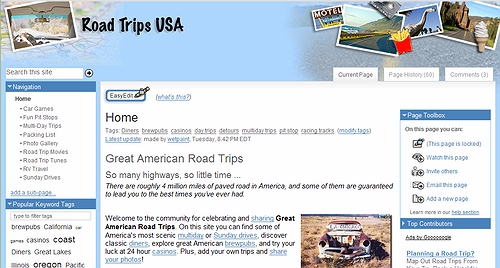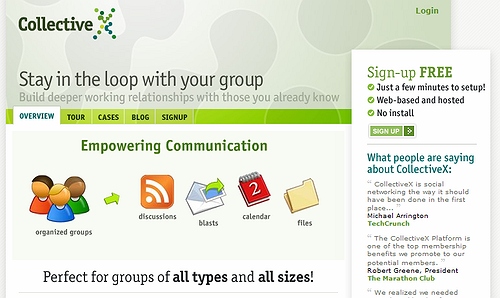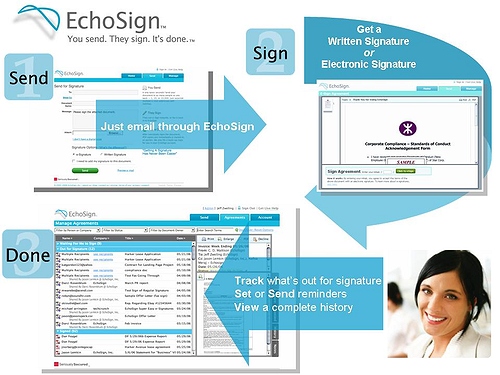Since I was the first one to “discover” Socializr (see Socializr – Friendster 2.0?) I figured I should report it is now out with a “gamma” release. I guess we shouldn’t read too much into what gamma means, since Auren Hoffman recently saw the alpha version… he thinks “this is going to be a great company.”
He probably knows why – I don’t. Perhaps I am just too cynical… but I can’t get excited by yet-another-social-networking site. So rather than a boring attempt to describe it, here’s a detailed review on Vested Ventures.

Hm… I wonder if $1.5m funding should be enough to get a decent logo … or did they spend all the money on hiring babes Exec Assistants ? Oh, well, perhaps by the time they get to the Zeta release:-)
The company’s Founder is none other but Jonathan Abrams whose previous startup, Friendster seems to be coming back from the ashes, having been granted a wide, generic patent on online social networking.
The layout is boring, but the Socializr-ers (wow, how do you say that?) certainly have humor:
Our motto: “Don’t be boring.” (because Google already took “Don’t be evil.”)
Founded in 1848, during the California Gold Rush, Socializr, Inc. is located in San Francisco, California, and was originally used by prospectors, miners, and gamblers to coordinate outings to popular saloons. This mysterious company is now run by a large team of magic elves, and assisted by junior computer programmer Jonathan Abrams.
Socializr is a “Web 3.1” company. “Web 3.1” is an arbitrary and silly label like “Web 2.0”, but even sillier, and 55% cooler! And everyone knows nothing works right until the 3.1 version.
Update (9/14): TechCrunch appears to have a similar assessment.
Tags: socializr, friendster, social+networks, social+networking, patent

 I’ll be moderating another
I’ll be moderating another 














Recent Comments